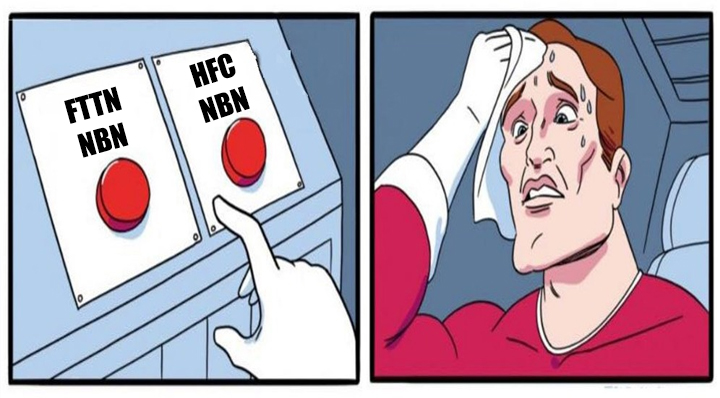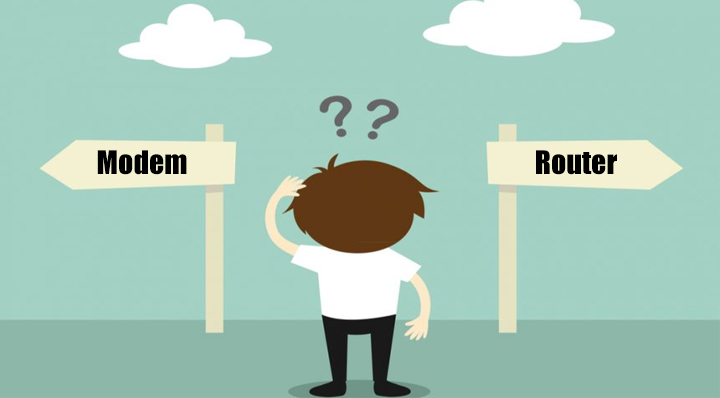How to determine your NBN type and find a modem/router for it

With many different NBN services, it can get a little confusing as to what you need to use in order for it to function properly. While most of the time your internet service provider (ISP) will provide you with a basic modem/router, it may not always be the best for your connection, as it may lack features, the Wi-Fi protocol is outdated or even not provide you with enough range. So, many people would seek a different modem or router in order to use it for their NBN connections.
There are quite a few different types of NBN which we won’t be breaking down in this article, rather this is just to let you know what type of NBN you have and what you’ll need for it to be compatible with a 3rd party modem or router.

Determining what type of NBN you have
Before you purchase a new modem or router, the most important things to do beforehand is know what type of NBN you’ll be having. Usually, your ISP can let you know what type of NBN it is, or, you may log onto www.nbnco.com.au to input your address and then it will let you know what type of NBN service you’re connected to.

Types of NBN and what you’ll need for them
A lot of the time, people will purchase a router for their NBN connection, only to realize that it will only work with a modem router combo, essentially, wasting time and money. While most NBN connections require a router with a WAN port for it to function, other NBN types follow the VDSL protocol, which would require a VDSL modem function and a router for the Wi-Fi, most of the time, a modem router is 1 device, so you don’t need to buy 2 separate things for this to function. However, if you do have a VoIP (voice over internet protocol) connection with any type of NBN, you may need to consider a VDSL modem router with VoIP capabilities (more on this below).
NBN connections that only require a router with a WAN port:
- FTTP
- HFC
- SkyMuster
- Optic Fibre / “Other fibre”
- Fixed Wireless
For these connections, you’ll only need to seek a router that has a WAN port built into it. The WAN port can be located at the back of the router near the Ethernet ports. In some cases, since it’s an extra port, if they don’t have a dedicated WAN port, then you’ll be able to locate the WAN port combined with one of the LAN ports in the back, usually labelled “LAN/WAN”. Check out our routers here.

NBN connections that require a VDSL modem router function:
- FTTN
- FTTB
- FTTC
- FTTdp
- FTTH
For these types of connections need a VDSL modem in order for them to function properly. We wouldn’t recommend a single VDSL modem by itself, however, a VDSL modem router is the way to go, as the router side of it provides you with Wi-Fi, where as a modem by itself, does not. VDSL modem routers can also be used on the other connections mentioned above with no problem, however, it will only use the router function. So you may keep that in mind, as your options do expand. Check out our VDSL modem routers here.

NBN connections with VoIP
In a lot of cases, regardless of what type of NBN you have. Your ISP may ask you if you want a VoIP service with your NBN plan. A VoIP service means you can make calls over the internet, usually this involves a handset connected to your modem router and works pretty much the same as a standard landline, but over the internet. In these cases, regardless of the connection type, you’ll need to use a VDSL modem router with a VoIP port. Check out our VoIP models here.













